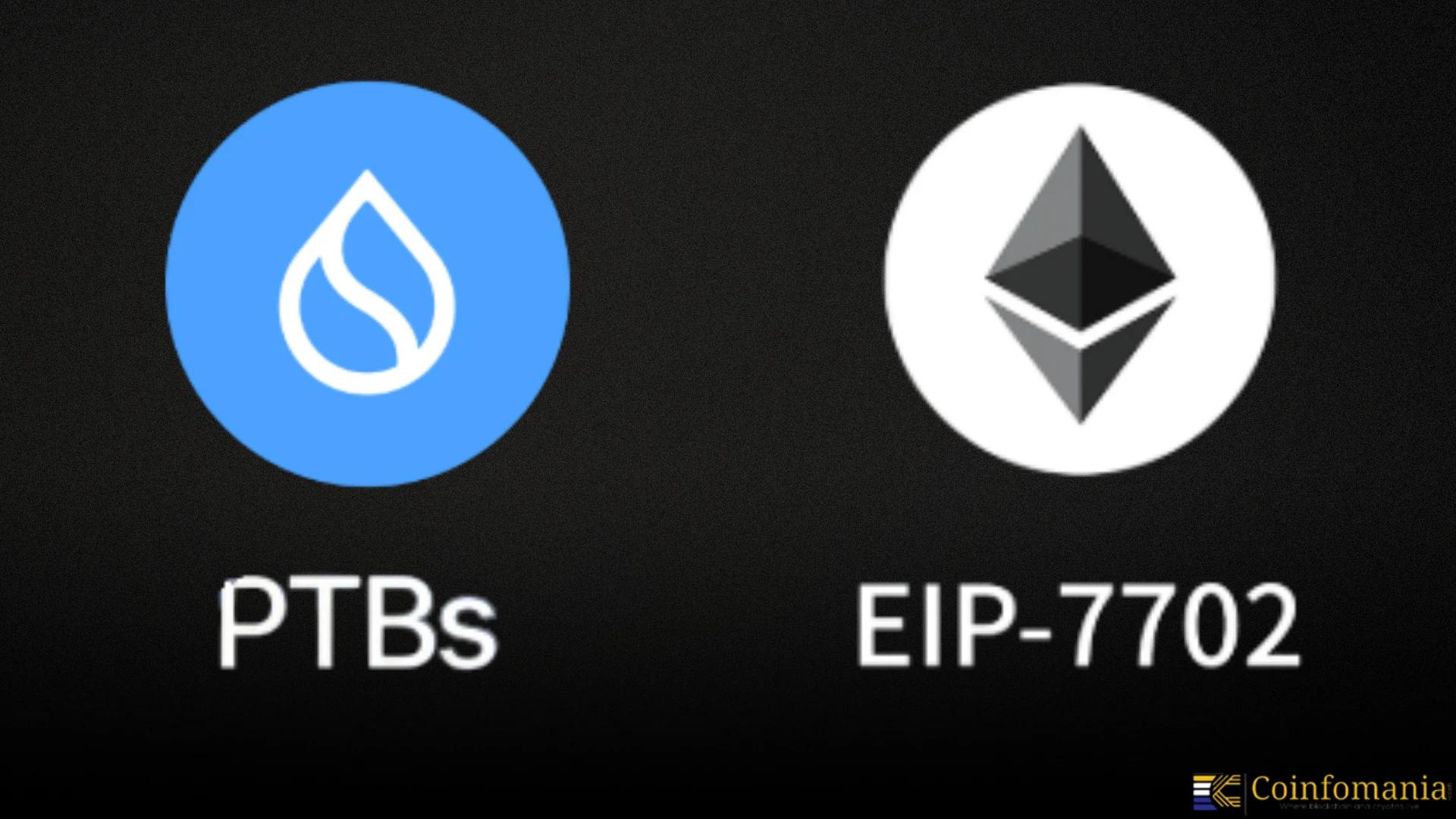Comparing Sui’s PTBs and Ethereum’s EIP-7702
Explore how Sui’s PTBs and Ethereum’s EIP-7702 compare, offering different approaches to blockchain composability.

Quick Take
Summary is AI generated, newsroom reviewed.
PTBs enable multiple actions in one transaction, with a fail-safe mechanism.
EIP-7702 improves account abstraction compatibility within Ethereum’s legacy system.
Sui’s design is built for Web3 scalability, unlike Ethereum’s evolutionary approach.
The future of composability depends on which approach adapts better to growing blockchain needs.
Sui Network has recently demonstrated the capacity of Programmable Transaction Blocks (PTBs) to blockchain UX. PTBs allow taking various actions under one transaction. Failing of one action would mean a failure of all, and hence reliability is guaranteed. The method is therefore, based on distributed systems programming, and is more flexible to developers. In the 2023 Sui blog post, considerations were described how PTBs can inhibit partial executions in order to maximize security.
Ethereum’s EIP-7702: Evolutionary Approach
Ethereum EIP-7702, co-written by Vitalik Buterin, suggests introducing temporary smart contract field to the account. This enhances the compatibility of account abstraction, yet is constructed on the established construct of Ethereum. EIP-7702 concludes with the existing architecture and is not as clean-slate as the PTBs of the Sui network. Next, Ethereum solution is less flexible than Sui specially-designed architecture. The PTBs of Sui follow clean-slate design, and are Web3-friendly. On the contrary, EIP-7702 is developing the current Ethereum system.
Sui’s PTBs and Ethereum’s EIP-7702: A Detailed Comparison
Sui PTBs have the purpose of providing the developers with greater flexibility when executing the transactions. This method minimizes chances of failure in any activity. This aspect makes debugging easy, and it increases reliability. Consequently, developers are assured that the transactions will be executed as expected.
EIP 7702 proposed by Ethereum proposes to enhance account abstraction by introducing field to the smart contract. This interim field enhances the compatibility with Externally Owned Accounts. Therefore, as the Ethereum evolves, the change brings flexibility to the network. It enables more sophisticated activities in the current Ethereum set up and enhancing the user experience.
The PTBs by Sui are scalable. This design on a clean slate guarantees enhanced adaptability as the use of blockchain increases. PTBs are used to support decentralized applications that will be required in the future.
Follow us on Google News
Get the latest crypto insights and updates.
Related Posts

Bitcoin Faces Heavy Resistance as New Whales Target $99K Break-Even
Triparna Baishnab
Author

Ethereum OG Dumps $124M in ETH as Whale Selling Resurfaces
Triparna Baishnab
Author

Solana Leads Cross-Chain Flows as $SOL Dominates Weekly Crypto Activity
Triparna Baishnab
Author